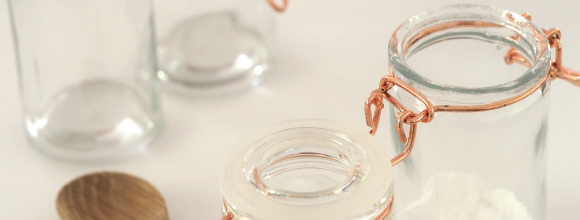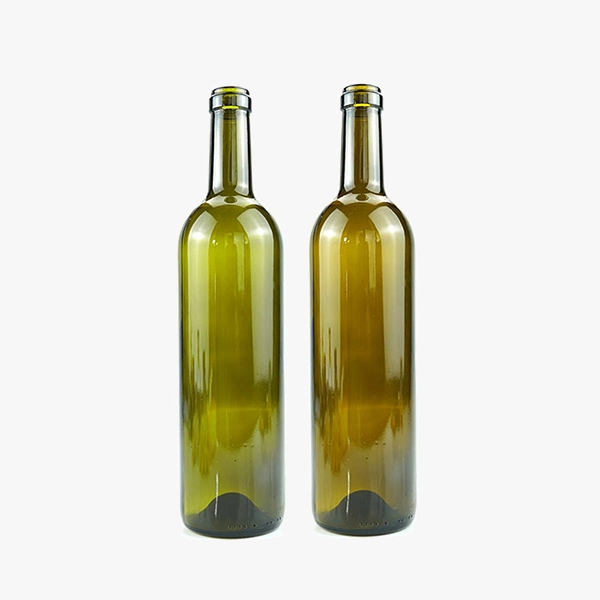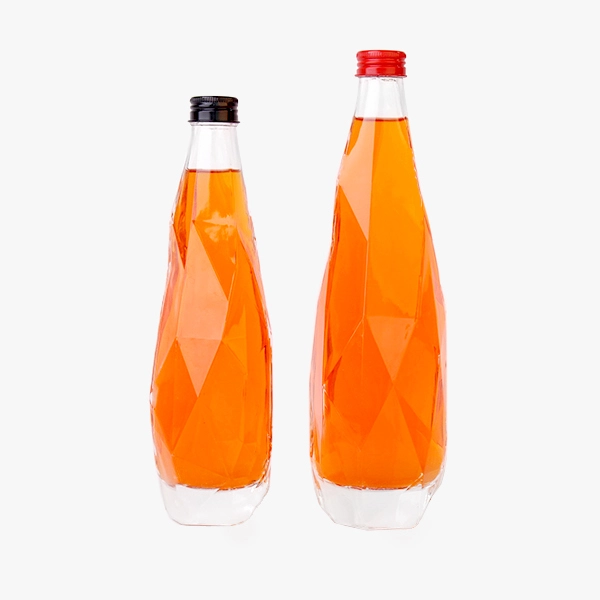Glass vs. Plastic: Which Is Better for Packaging?
Choosing between glass packaging vs plastic packaging is a big decision for many businesses today. People care about how their products are stored and how this choice affects the planet. We often hear that glass is sturdy and looks nice, while plastic is cheap and light.
But which is truly better for our world, our budgets, and our brands? That is the question behind this ongoing debate. Some say glass is best for keeping products safe. Others prefer plastic for easy transport. This article will help you understand these options, focusing on things like sustainability, durability, and consumer choices.
The Basics of Glass and Plastic Packaging
Packaging is an important part of product delivery. Before looking at the bigger debate of glass packaging vs plastic packaging, let’s explore how each type is made and used.
Glass Packaging
Glass is created using natural materials, primarily sand, soda ash, and limestone. These ingredients are melted at extremely high temperatures to produce liquid glass, which is then molded into containers such as bottles or jars. Below are some key points about glass:
- Natural Resource Base: Glass comes from raw materials found in nature.
- Reusable: You can wash and reuse glass containers many times.
- Safe and Clean: Glass is non-reactive with most substances, helping to keep food and beverages fresh.
- Common Uses: Many people see glass as a perfect choice for beverages, sauces, perfumes, and more.
Because it is sturdy and non-reactive, glass is popular for items that need a pure container. Many premium products also use glass to make a good impression on shoppers. From fancy wine bottles to special jam jars, glass often gives a classy vibe. Its clear surface also lets you see what is inside, which can be very appealing to consumers.
Yet, glass can be heavier to transport. This can mean higher shipping costs and more energy used. Even so, many brands still find value in its high-quality feel and look.
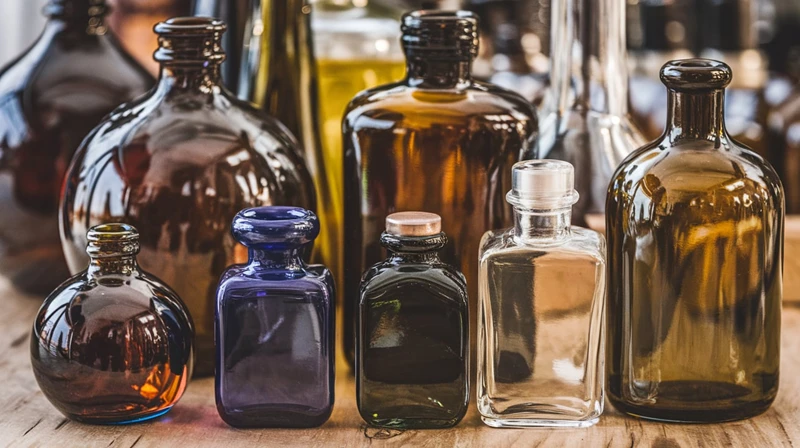
Plastic Packaging
Plastic is made from various kinds of polymers, which often come from petroleum or natural gas. These polymers can be shaped when heated and turned into many forms, like bottles, bags, or wraps. Plastic plays a huge role in modern packaging because of the following traits:
- Lightweight: Plastic is light to ship, which can lower transportation costs.
- Flexible: It can be molded into many shapes and sizes.
- Affordable: Plastic can often be produced at a lower cost.
- Water-Resistant: Plastic is good at keeping out moisture.
Plastic packaging works well for mass production. Many snacks, drinks, and household items use plastic containers or wraps. People like it because it is simple to carry and store. But the downside is its impact on the planet.
Plastic can be hard to break down, and it often ends up in landfills or oceans. Though many types of plastic are recyclable, not all communities have the facilities to recycle them. This concern makes the debate around glass or plastic for packaging grow stronger, especially as consumers push for more planet-friendly choices.
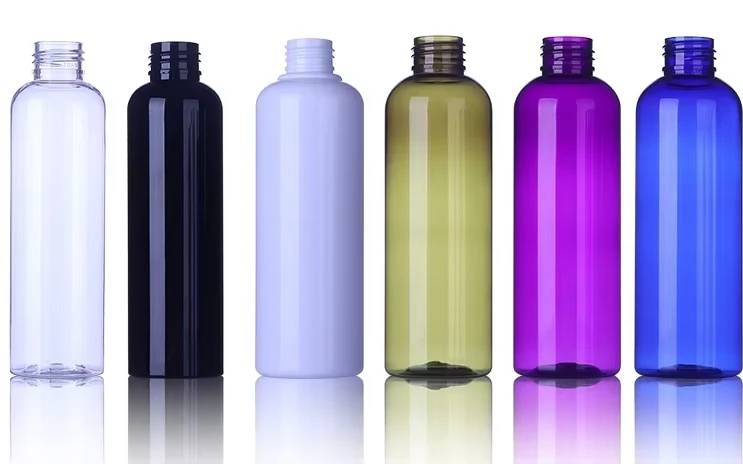
Environmental Impact: Glass vs. Plastic
When we compare glass packaging vs plastic, one major factor is the environment. We all want to reduce waste, lower pollution, and protect resources. Both glass and plastic have their own effects on the environment.
Recycling Processes and Rates
- Glass: Glass can be recycled. This closed-loop system helps reduce waste. In many places, glass recycling rates are moderate, but growing awareness could push these rates higher. Recycling glass also needs high temperatures, which requires energy. However, using recycled glass (called cullet) can reduce the energy needed to make new glass.
- Plastic: Plastic recycling depends on the type of plastic used (like PET, HDPE, etc.). Each type has a unique process, and some plastics are not easily recyclable. Although plastic recycling can save resources, many plastic items end up in landfills. The recycling rate for plastic remains low in many areas, and contamination in recycling bins often makes it harder to recycle properly.
Long-Term Sustainability and Carbon Footprint
- Glass: Making glass uses sand and other natural ingredients, which are abundant. However, the high heat needed to melt these materials requires energy, often from fossil fuels. This can lead to a notable carbon footprint. But once made, glass can have a long life cycle if reused.
- Plastic: Producing plastic usually depends on petroleum or natural gas, both of which are limited resources. Plastic also can lead to litter, harming wildlife and oceans. While plastic’s lightweight nature means lower carbon emissions during transport, its disposal problem can leave a negative mark on our planet.
In short, both materials have pros and cons for the environment. Glass is easy to recycle again and again, while plastic uses fewer resources to ship. When looking at glass packaging vs plastic packaging, the best choice often depends on a brand’s recycling goals, shipping needs, and product type.
Durability and Preservation
Another key reason people debate glass packaging vs plastic packaging is about durability. How well does each type protect its contents? Does the material keep products fresh and safe?
Glass as a Barrier
Glass is known for its strong barrier properties. It helps guard products from oxygen and moisture. This is why many food, beverage, and cosmetic brands trust glass to keep items fresh. Glass also does not react with most products inside. This reduces the chance of flavor changes or chemical leaching. Beyond that, glass can handle heat well, which is why you can sterilize it at high temperatures.
Because of its clarity, glass lets shoppers see what they are buying. For foods like sauces or jams, seeing the colors and textures can build trust. Glass is also less likely to scratch or weaken from light. This helps keep sensitive products safe. However, glass can break if dropped, so careful handling is important.
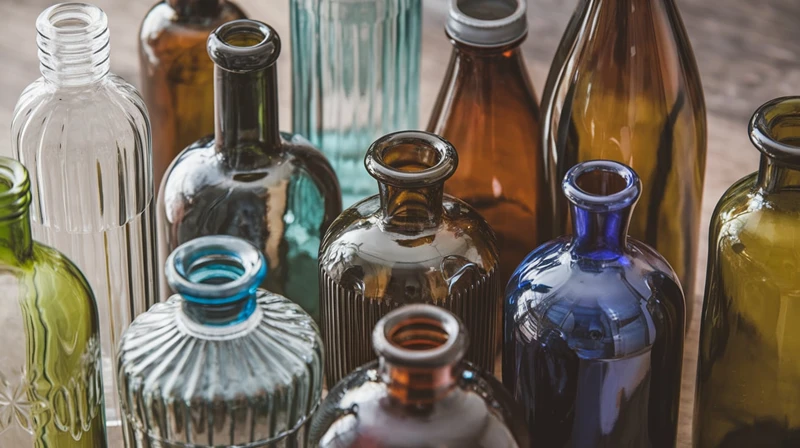
Plastic’s Strengths
Plastic might not feel as premium as glass, but it offers certain advantages. It is flexible and can handle impacts without shattering. This makes it a good choice for travel or shipping, especially over long distances. Plastic can also keep out water, which helps many products last longer.
Some types of plastic have built-in layers that protect against oxygen. This can help preserve freshness, though not as well as glass in some cases. Plastic is also lighter, making it cheaper to move. This can be very helpful for brands with tight budgets. Still, heat can warp plastic, and some plastics might affect taste or smell if used for very hot products. Brands must choose the right plastic type for their specific needs.
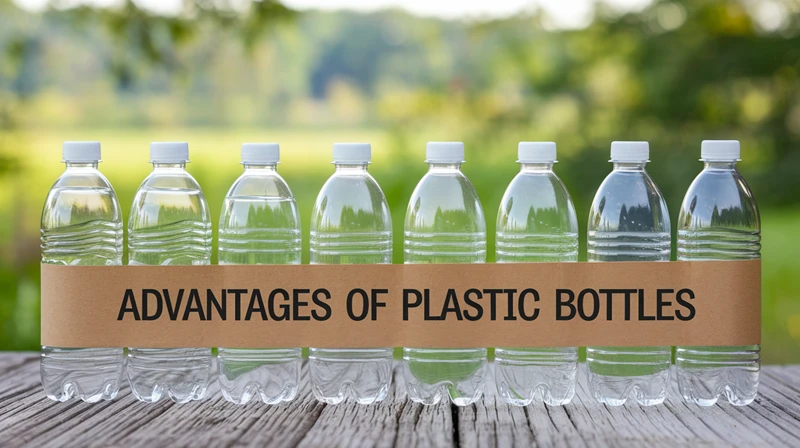
Cost Comparison
Cost is a big deal for any company. When deciding on glass or plastic for packaging, businesses look at production, shipping, and recycling expenses. Both materials have different cost factors to consider.
Production and Transportation Costs for Glass vs. Plastic
- Production Costs:
- Glass: Making glass needs high heat. The raw materials are not expensive, but the energy used to melt them can drive up costs.
- Plastic: Making plastic is often cheaper because it does not require the same extreme temperatures. Polymers can be formed at lower heat levels, helping reduce energy bills.
- Transportation Costs:
- Glass: Because glass is heavier, it costs more to ship. Fuel expenses add up quickly, especially over long distances.
- Plastic: Lightweight plastic is simpler and cheaper to move in bulk. This can save money for large shipments.
Trade-Offs Between Initial Investment and Long-Term Benefits
While plastic may seem cheaper at first, there are hidden costs. We can reuse glass multiple times. This can help save resources in the long run. Also, glass has a premium look that might let brands charge more for their products. Plastic’s low cost may be good for high-volume sales, but some consumers prefer more eco-friendly packaging. Over time, changing consumer habits might make brands rethink their packaging choices.
Consumer Perception and Branding
In the business world, image plays a significant role, and the packaging you select can convey a powerful message to consumers. So, what are people’s perceptions of glass packaging compared to plastic packaging?
Why Glass Is Often Seen as Premium
Glass has a long history of being linked to quality. Think of perfume bottles or wine bottles. They look special and feel luxurious in your hand. This premium image can help brands stand out on store shelves. Consumers often see glass as a sign of elegance and care. They trust that what’s inside is fresh and unharmed. Glass is also clear, which shows them the product directly, adding a sense of honesty.
For health-conscious consumers, glass packaging is often associated with safety, as it is free from harmful chemicals that could leach into food or beverages. Many also value its traditional appeal and view it as an eco-friendly option, justifying the higher cost for its perceived benefits.
Plastic’s Widespread Use and Mass Appeal
Plastic is everywhere in modern life. It is often the go-to for items we buy daily, like snacks, shampoos, or cleaning products. Because plastic is cheaper and more flexible to produce, brands can pass on the savings to consumers. Shoppers may see plastic as familiar and easy to handle. When items are shipped long distances, plastic’s lightness helps keep prices low.
However, more people now worry about plastic waste. Images of plastic in oceans can make buyers question this choice. Brands that stick with plastic must manage this concern. Some do this by switching to recycled plastics or creating clear recycling programs. Others highlight that plastic saves energy in transport, balancing the eco conversation.
Sustainability Trends in Packaging
Sustainability is now a major focus for businesses and consumers alike, driving the debate between glass and plastic packaging. With increasing demand for eco-friendly options, many brands are exploring innovative solutions or revisiting traditional, less harmful materials.
How Businesses Are Shifting Toward Eco-Friendly Alternatives
- Reusable Glass Programs: Some brands collect used glass bottles and refill them. This can lower waste.
- Bioplastics: These are plastics made from natural sources, like cornstarch, which can break down more easily.
- Recycled Materials: Both glass and plastic can contain recycled content. Using recycled glass or plastic lowers the impact on the planet.
- Reducing Material Use: Some companies make thinner but sturdy containers, cutting down on raw materials.
The Role of Consumer Demand in Influencing Packaging Choices
Customers have a big voice in packaging trends. Many shoppers want brands to show respect for the earth. They often look for labels like “100% recycled” or “BPA-free.” They might pick a product in a glass container over a plastic one if they see it as greener. This shift in demand pushes more and more brands to move toward better packaging materials.
Social media also plays a big part. People share pictures of eco-friendly items, talk about green living, and call out wasteful brands. This quick spread of information puts companies in the spotlight. If they do not listen, they might lose loyal customers. This is one reason the glass or plastic for packaging debate is not just about cost. It is about image, responsibility, and long-term growth.
Yanjia Packaging: Your Partner in Sustainable Glass Packaging
When you need quality glass solutions, Yanjia Packaging can help. They specialize in making glass containers that protect products and reflect brand values. They focus on eco-friendly, durable, and customizable designs for different industries, such as food, beverages, and cosmetics. Their team also guides businesses toward greener packaging methods.
Many brands want to lower waste, cut costs over time, and show consumers they care about the planet. Yanjia Packaging understands these goals and offers solutions that make sense. Their glass packaging is built to last and can be recycled over and over. They also pay attention to design details, so your product stands out on store shelves. With a range of shapes, sizes, and finishes, Yanjia helps you find the right container for your goods.
Beyond their products, Yanjia Packaging cares about customer support. They keep an open line of communication to discuss your packaging aims. If you worry about shipping or handling, they can recommend ways to pack and transport glass safely. Their team wants to remove the stress that sometimes comes with switching from plastic to glass. By partnering with Yanjia Packaging, you can show your customers that you choose quality and sustainability.
Conclusion
We have compared glass packaging vs plastic packaging across factors like cost, durability, and sustainability. Glass stands out for its premium image, strong barrier protection, and endless recyclability. Plastic excels in being lightweight, affordable, and flexible. But as consumers lean toward earth-friendly solutions, many brands see glass as a wise choice. This shift in preference supports greener methods and creates a positive brand impression.
If you want to learn more about choosing the right packaging, reach out to Yanjia Packaging. They are ready to help you pick the best eco-friendly glass options for your business. By joining forces with Yanjia, you can protect the planet and please your customers at the same time.

